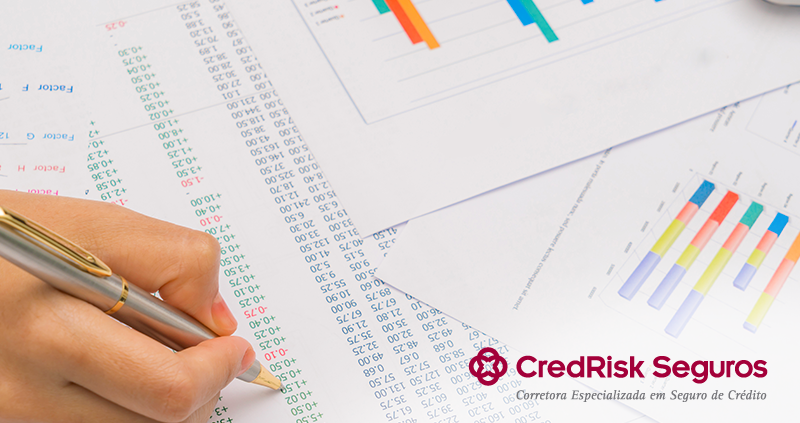
Recently, several Brazilian companies listed in the stock exchange were forced to take recourse to an extreme measure to avoid (or postpone) bankruptcy, i.e., to apply for judicial recovery.
According to B3, the Official Brazilian Stock Exchange, at present, 20 companies are in the process of judicial recovery, and their stocks are being traded in open-outcry sessions. These companies are: BR Pharma, Eternit, Saraiva, Fibam, GPC, Othon Hotels, IGB, Inepar, Lupatech, MMX, Oi, Teka, OSX, Manguinhos Refinery, PDG, Pomifrutas, Sansui, Tecnosolo, Viver and Wetzel.
Does “Judicial Recovery” really recover the business?
This question is valid, however, the reply is not simple. Estimations point to the fact that only 7% of the companies really succeed in emerging from this process financially recovered.
The Brazilian stock exchange thus far has only a few success stories to tell, and that confirms the low potential of this procedure. The main examples in the electrical sector, are the Rede Group and Eneva (formerly LLX, belonging to businessman Eike Batista), which completed the process in little more than two years.
Judicial Recovery is a legal measure used by companies to avoid bankruptcy. It is requested when the company is no longer capable of meeting its financial obligations. Through judicial recovery, a company in financial difficulties is able reorganize its liabilities, and thus succeed in recovering from its financial problems, and in ensuring the continuity of its operations.
Theoretically, a company that applies for judicial recovery, and presents a good recovery plan, should recover, however, the story is not quite so simple.
And what is the real advantage for creditors?
Many creditors depend on these companies and also end up in distress, because recovery plans require considerable discounts and long payment terms.
Then, how to protect your company from this dramatic situation?
One of the alternatives would be a Credit Insurance program to cover the accounts receivable and ensure cash flow.
Companies that have a Credit Insurance policy guarantee that they receive approximately 90% of their accounts receivable within 30 days after the date of publication of the creditors list. And who will bear the discounts and the extended payment terms? The Credit Insurer, which will also be responsible for the monitoring of the whole long process.
If your company does not yet have this protection program, now is the time to look into this possibility, and the cost-benefit provided by Credit Insurance will surprise you.
How about learning more on Credit Insurance and its benefits? Download the Definitive Credit Insurance Guide for free, and find out all it can do for the financial health of your business:




Deixe um comentário: